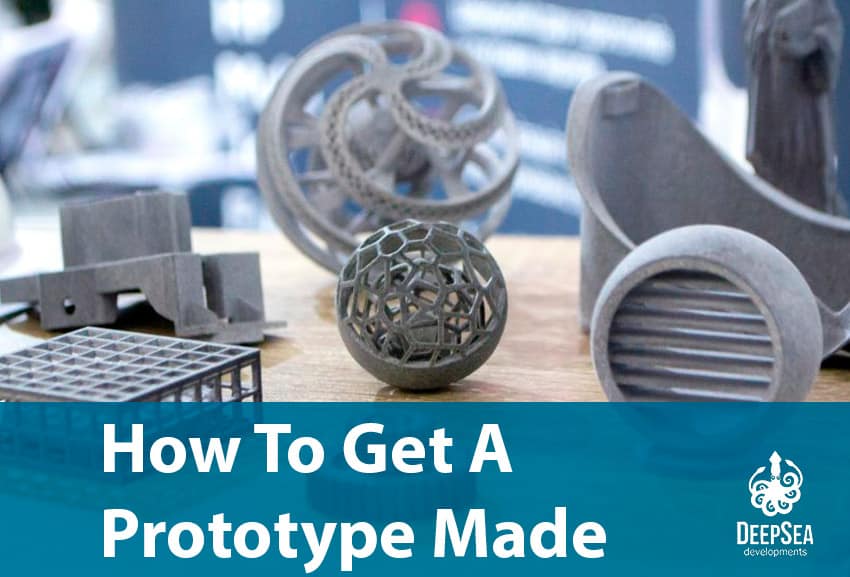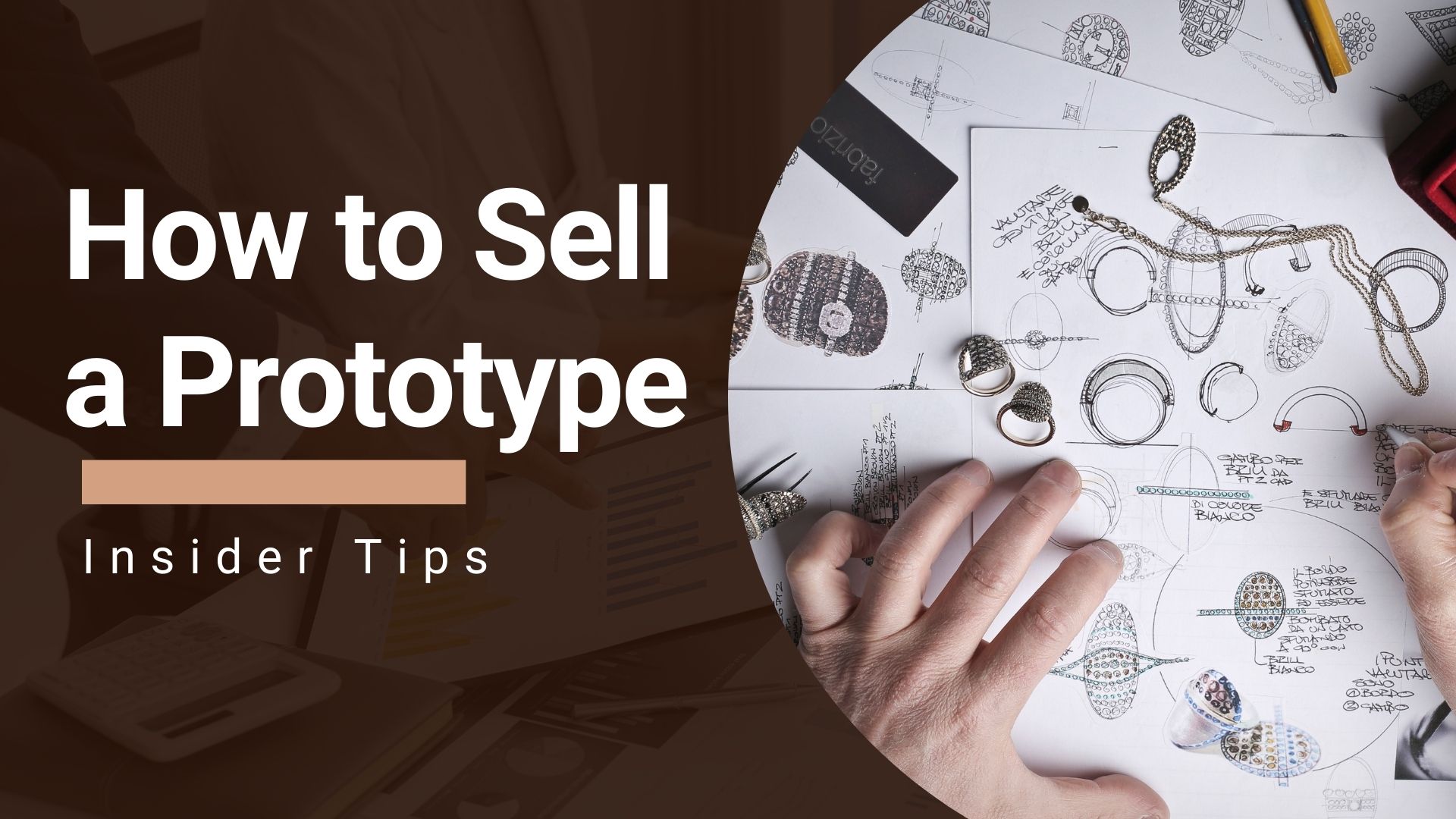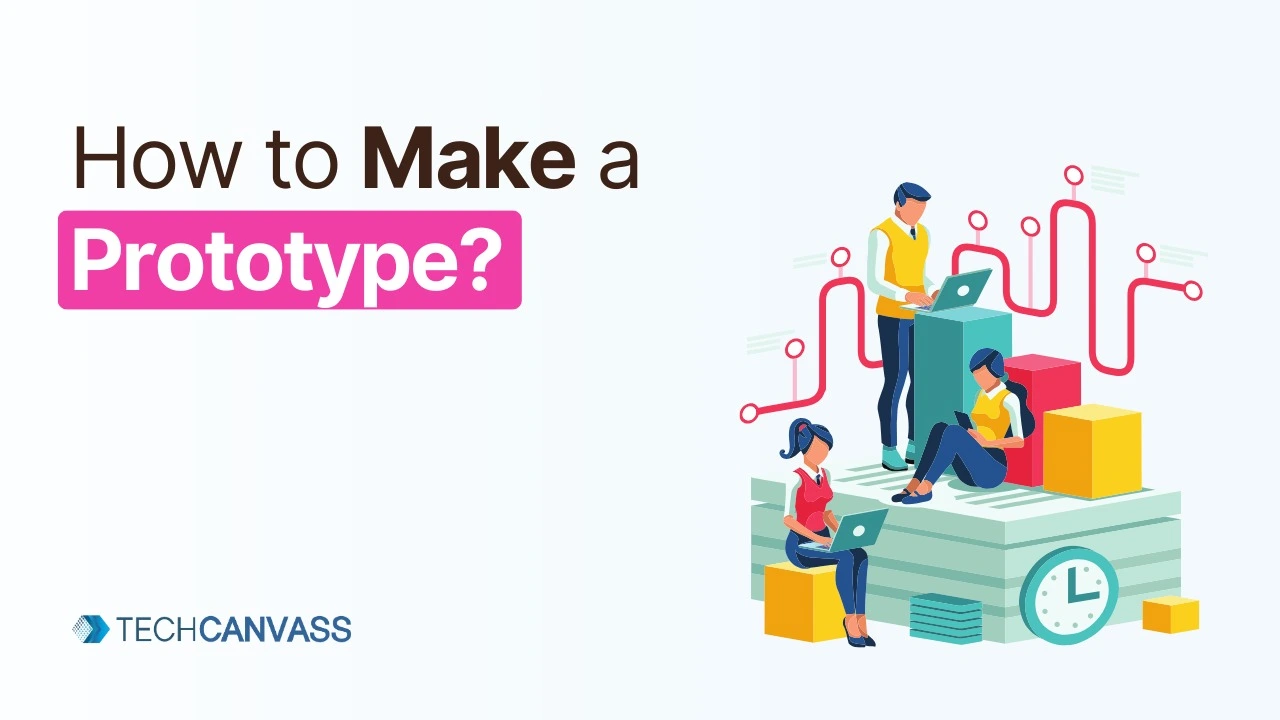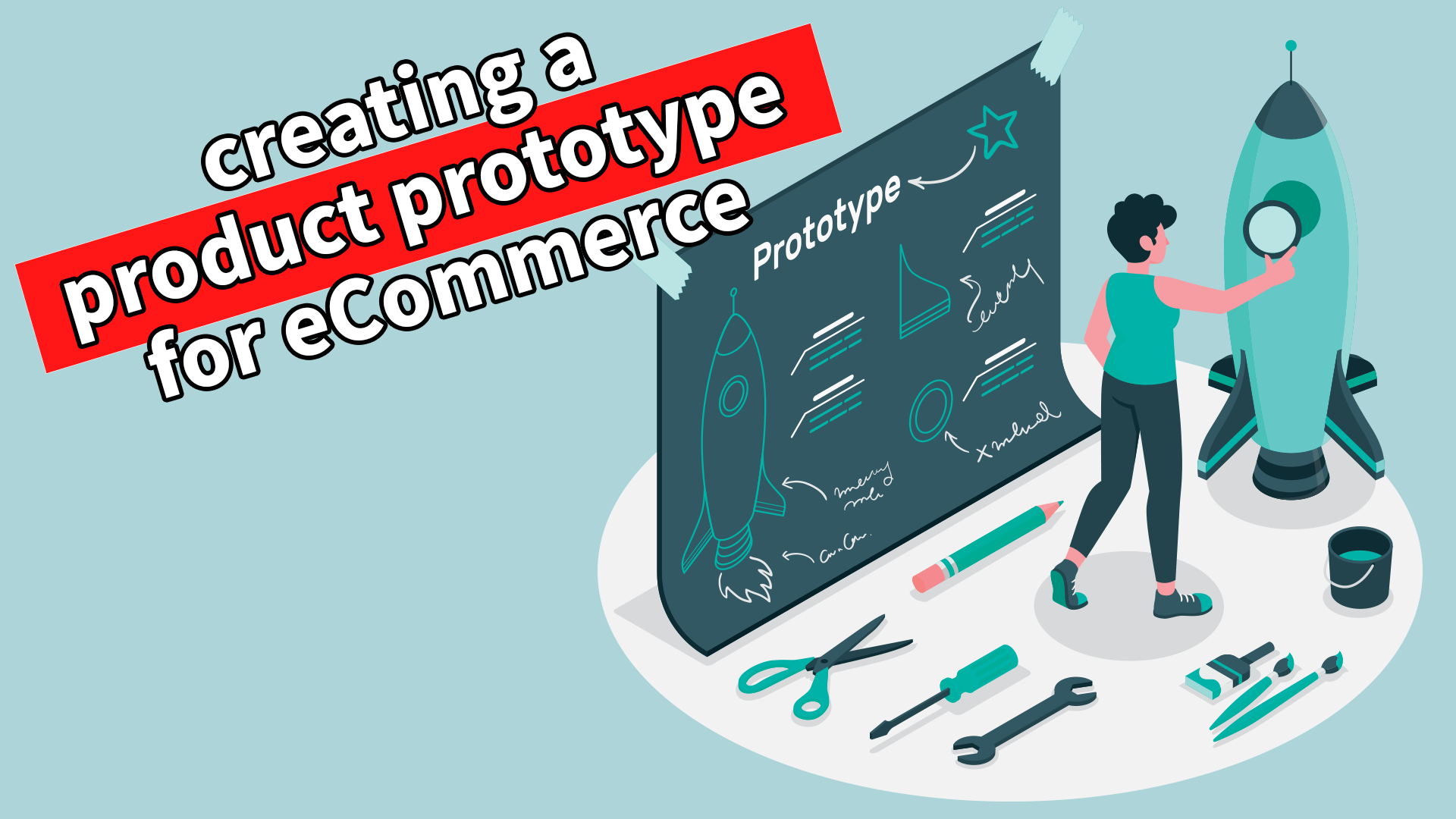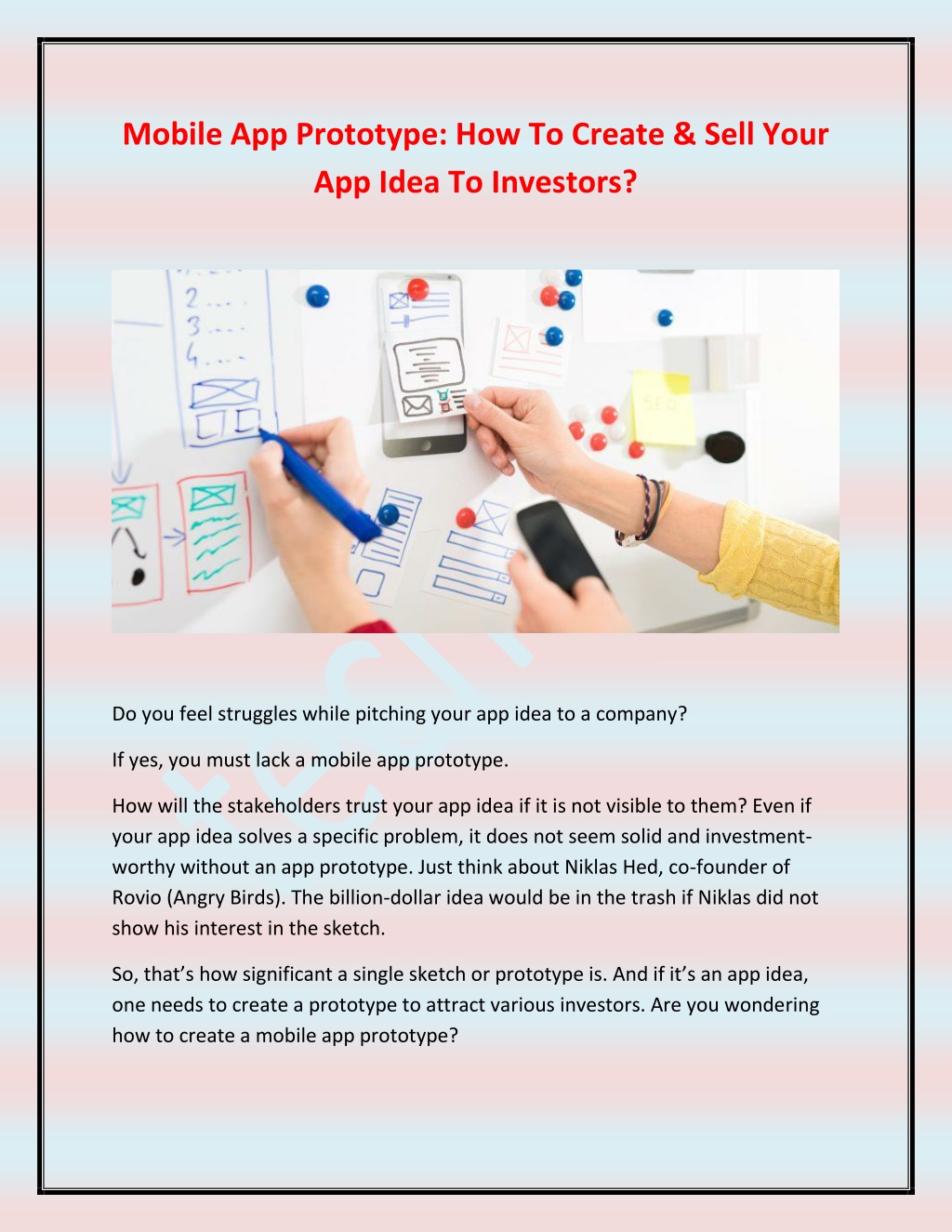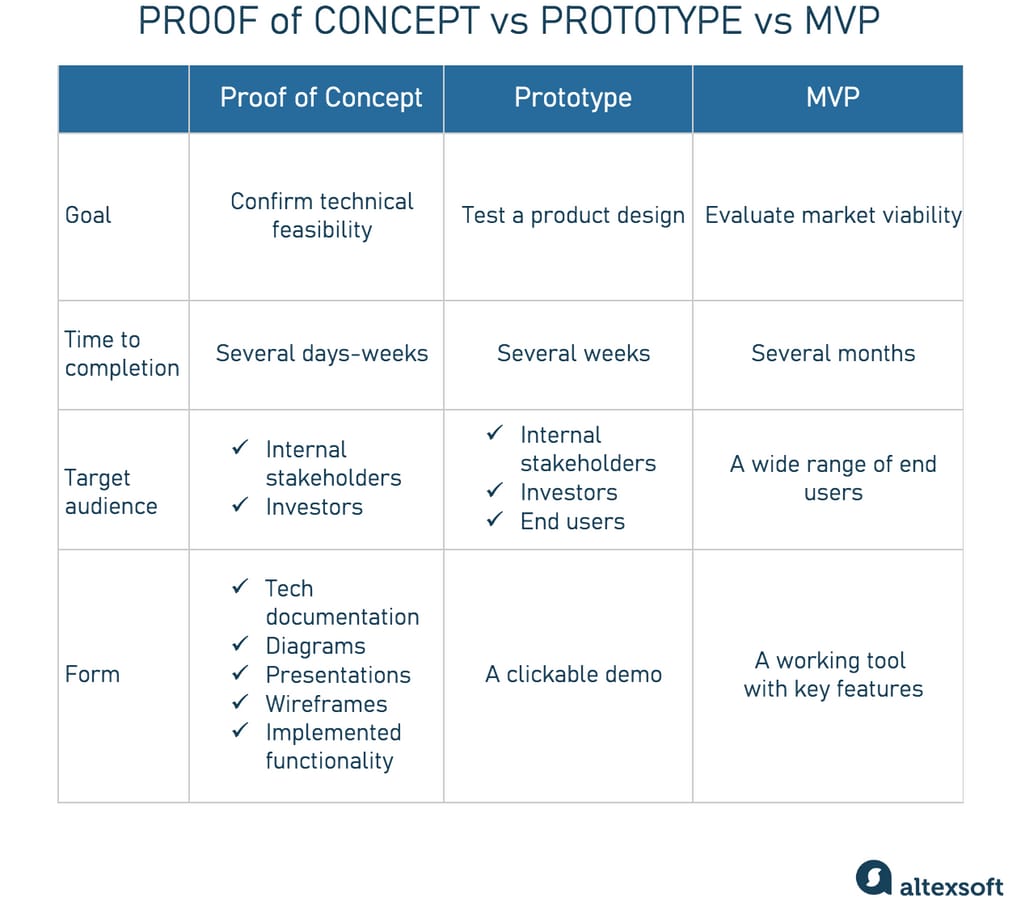How To Sell A Prototype To A Company
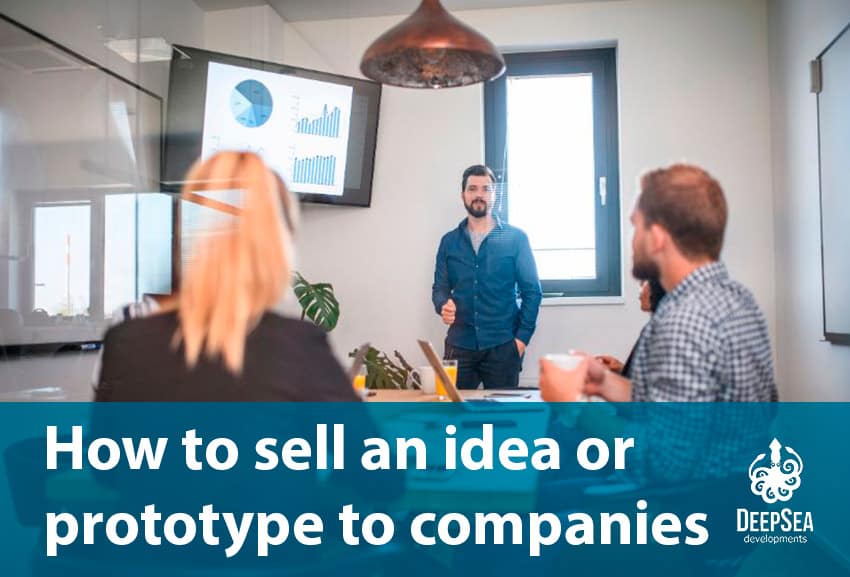
The journey from a brilliant prototype to a signed deal with a major corporation is fraught with challenges. Many inventors see their groundbreaking ideas stall, trapped between the workbench and the boardroom. Mastering the art of pitching, protecting, and partnering is crucial for any innovator looking to transform their prototype into a commercially successful product.
This article provides a practical guide for navigating the complex process of selling a prototype to a company. It outlines key steps, from securing intellectual property to crafting a compelling pitch and negotiating favorable terms. Expert insights and actionable advice will empower inventors to increase their chances of success.
Protecting Your Invention: The First Line of Defense
Before approaching any company, securing your intellectual property (IP) is paramount. A patent, even a provisional one, provides a legal foundation and demonstrates the seriousness of your invention. Consult with a patent attorney to determine the best protection strategy for your specific prototype.
Nondisclosure agreements (NDAs) are also vital. Have potential partners sign an NDA before revealing sensitive details about your invention. This agreement legally binds them to keep your information confidential, safeguarding your competitive advantage.
Market Research: Knowing Your Audience and Opportunity
Thorough market research is essential for demonstrating the potential value of your prototype. Identify the target market, assess the competitive landscape, and quantify the demand for your product. This data will be crucial in convincing a company of the commercial viability of your invention.
Quantify the market size and potential revenue streams. Provide concrete data that shows how your prototype can address a market need and generate profit. Remember, companies are primarily interested in the bottom line.
Crafting the Pitch: Storytelling and Substance
Your pitch is your opportunity to captivate potential partners and demonstrate the value of your prototype. A well-structured presentation should clearly articulate the problem your invention solves, the solution it offers, and its competitive advantages. Use visuals, such as prototypes, videos, and data charts, to engage your audience and reinforce your key messages.
Focus on the benefits, not just the features. Clearly explain how your invention will improve efficiency, reduce costs, or enhance customer satisfaction. Highlight the return on investment (ROI) for the company.
Identifying and Approaching Potential Partners
Research companies that align with your product's market and capabilities. Look for companies that have a history of innovation and a strong distribution network. Trade shows, industry conferences, and online platforms can be valuable resources for identifying potential partners.
Network strategically and cultivate relationships with key decision-makers. A personal connection can significantly increase your chances of getting your prototype seen by the right people. Tailor your approach to each company, highlighting how your invention can address their specific needs and challenges.
Negotiating the Deal: Understanding Your Worth
Negotiating the terms of the deal requires careful consideration and a thorough understanding of your invention's value. Be prepared to discuss various deal structures, such as licensing agreements, joint ventures, or outright sales.
Seek legal and financial advice to ensure that you are getting a fair deal. Understand the implications of different clauses and negotiate terms that protect your interests. Don't be afraid to walk away from a deal that doesn't meet your minimum requirements. Remember, the value of your intellectual property is your strongest negotiating tool.
Key Considerations for Licensing Agreements
Licensing agreements allow a company to manufacture and sell your prototype in exchange for royalties. Carefully define the scope of the license, including the territory, duration, and exclusivity. Establish clear milestones and performance targets to ensure that the company is actively commercializing your invention.
Exploring Joint Ventures
Joint ventures involve partnering with a company to jointly develop and commercialize your prototype. This structure can provide access to capital, expertise, and resources that you may lack. Clearly define the roles, responsibilities, and profit-sharing arrangements of each partner.
Looking Ahead: Building Long-Term Relationships
Selling a prototype is not the end of the journey; it is the beginning of a long-term partnership. Maintain open communication with your partner and actively participate in the commercialization process. Your expertise and ongoing support can be invaluable in ensuring the success of your invention.
By following these steps, inventors can increase their chances of successfully selling their prototypes to companies and bringing their innovative ideas to the market. The key is preparation, persistence, and a clear understanding of the value you bring to the table. The road may be challenging, but the rewards can be substantial for those who are willing to invest the time and effort.
